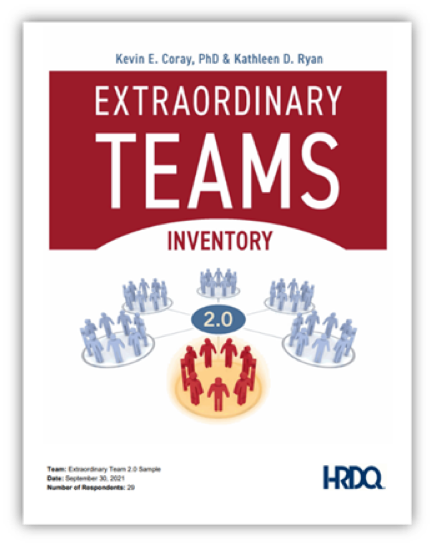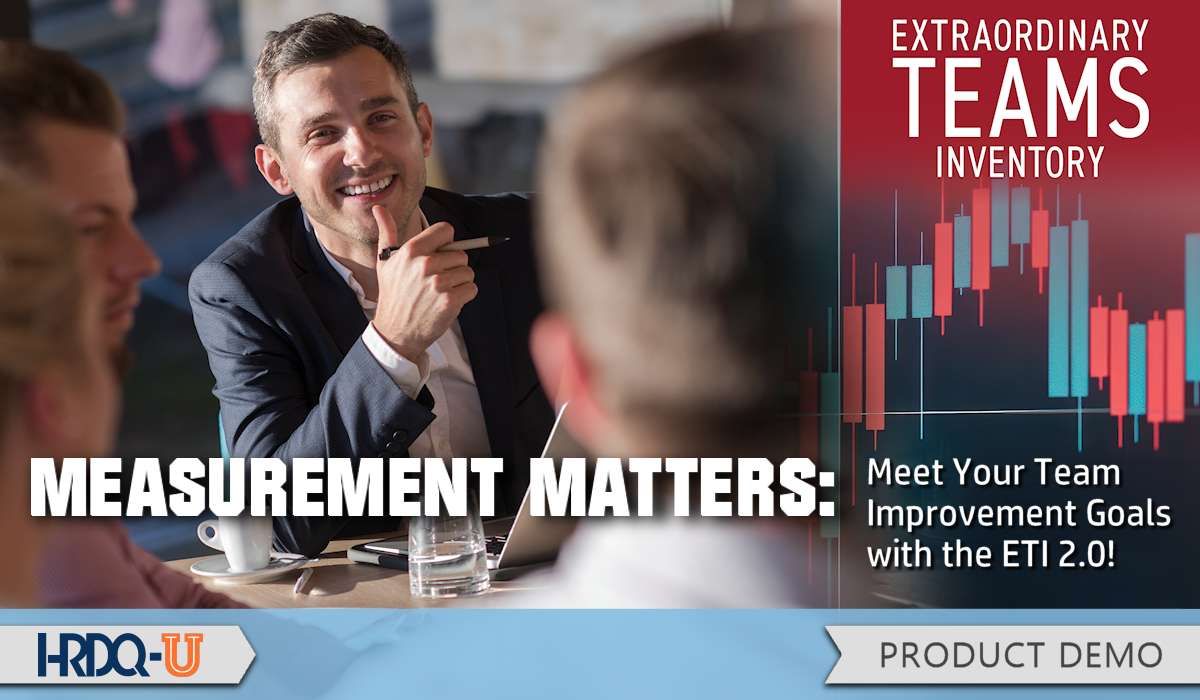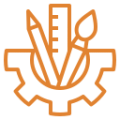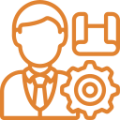What the ETI Measures: The Ten Practices of Extraordinary Teams
The ETI, coupled with the Extraordinary Teams model, is unique in ways that make it the premier team performance assessment in today’s marketplace. Unlike other team models and instruments, it uses an appreciative approach, letting teams discover what’s right and not just what’s wrong. It is user-friendly for those who take the assessment and those who help interpret the results. It is also a cost-effective way to regularly measure how the team is doing in specific areas of teaming behavior observed in extraordinary teams.
The ETI 2.0 online team performance assessment measures all of the practices identified in the Bellman and Ryan field study. In the ETI model shown in the circle above, eight key practices surround the two practices that define extraordinary teams, i.e., by excelling at the eight practices shown in the ring above, extraordinary teams achieve outstanding results while team members experience personal transformation. All ten practices are shown in the ring model above and the Example Team Profile Report below. The 60-question assessment is completed online by team members. Then, the team members’ ratings are combined into team-wide average scores for each of the ten practices so that individual team members’ ratings remain anonymous.
Once all team members have completed the ETI, a 31-page report is generated that includes the background ofextraordinary teams, the definition of the ten scores, and a profile that compares the team’s results to those of hundreds of other teams in the database. An example of a team’s scores is shown in the Example Team Profile from ETI Report.
The profile is followed by two pages for each of the practices. These pages show the team averages for the questions that define the practice and a page of questions to help guide the team members through discussing their team-wide results, as well as several actionable suggestions for the team to consider in order to make improvements.
The ETI Diagnostic Sensitivity
The ETI is psychometrically sound and based on extensive qualitative and quantitative research. Extensive validity and reliability work with the inventory has been completed and documented in a report that is available with the ETI 2.0 from HRDQ titled, Development and Validation of the ETI.
The fact that so much research has been done with teams that have used the ETI means that the profile for each team is very reflective of its real situation. You can truly count on the results to project an accurate picture of the team. Because of this, no two team profiles are alike. This high level of psychometric sophistication gives consultants, coaches, leaders, and team members very good diagnostic sensitivity in deciding which practices to work on to make major progress over time. With this team performance assessment, teams can clearly identify strengths and opportunities for growth.
How the ETI Is Typically Used
HRDQ provides a suite of products to help consultants, coaches, leaders, and internal HR or OD specialists with support to describe, administer, debrief, and build their teams. The typical flow in use of the ETI is as follows:
- The team leader and facilitator (coach, consultant, etc.) meet to understand what extraordinary teams are and how the ETI can measure the leader’s team to assess its standing among the hundreds of other teams on a scale from ordinary to solid to extraordinary.
- The team leader communicates with the team to describe the purpose of taking the ETI and to schedule the time to take it.
- Team members complete the ETI online. It typically takes about 20 minutes to complete it.
- The report is generated and sent to the designated people, usually the team leader and the facilitator.
- The team leader and facilitator discuss the team’s results and plan how to share the report with team members to get them engaged in the results and to schedule a debriefing meeting about the report.
- Team members watch a brief Introduction to the ETI video and complete the Insights and Action Guide as they review the report and prepare for a team meeting to discuss the results.
- The facilitator manages the debrief meeting and guides the discussion among the leader and the team members. An ETI slide deck is provided to help guide the meeting. During the meeting, the team discusses the results and how the ten practices show up in their team, and together, they decide which of the practices to work on in the shorter and longer time frame.
- The team meets periodically to discuss their progress on the actions they are taking to make improvements.
Often, the team will decide to readminister the ETI to get an accurate indication of their progress.
How to Get Help Using the ETI
There are several ways to get help using the ETI. The most typical way is to hire an ETI Certified Practitioner or a member of the Extraordinary Teams Partnership. These professionals are coaches and consultants with extensive experience working with and using the ETI with teams.
The Extraordinary Teams Partnership also offers training to coaches, consultants, and facilitators who work on contracts with or are employed by an organization or company. This six-session virtual certification program is delivered by Extraordinary Teams Partnership members with extensive ETI experience. This group of professionals will support your learning through regular contact throughout the program.
It is doable to use the ETI without being certified. The product suite offered by HRDQ can help highly trained professionals through the process. However, professionals who have never used the ETI before may find it beneficial to speak with an Extraordinary Teams Partner to get ready to use the ETI with their clients.
 by the Extraordinary Teams Inventory (ETI 2.0) describe their experience as much more than being part of a high-performing team. They often say that being on that team was a career highlight, that the team had outstanding performance levels, and that they were personally transformed. Relative to personal transformation, team members describe their relationships with each other as being very strong, saying that they will remember those people for life and that they learned a lot about themselves in these teams. Further, they say they learned new skills and honed existing ones in those teams. This is why a team performance assessment like the ETI is so valuable – it helps teams understand what makes them extraordinary and how they can continue to grow.
by the Extraordinary Teams Inventory (ETI 2.0) describe their experience as much more than being part of a high-performing team. They often say that being on that team was a career highlight, that the team had outstanding performance levels, and that they were personally transformed. Relative to personal transformation, team members describe their relationships with each other as being very strong, saying that they will remember those people for life and that they learned a lot about themselves in these teams. Further, they say they learned new skills and honed existing ones in those teams. This is why a team performance assessment like the ETI is so valuable – it helps teams understand what makes them extraordinary and how they can continue to grow.





























